What Effect Did Pop Art Have on American Culture? Answerscom
![]()
Latest News
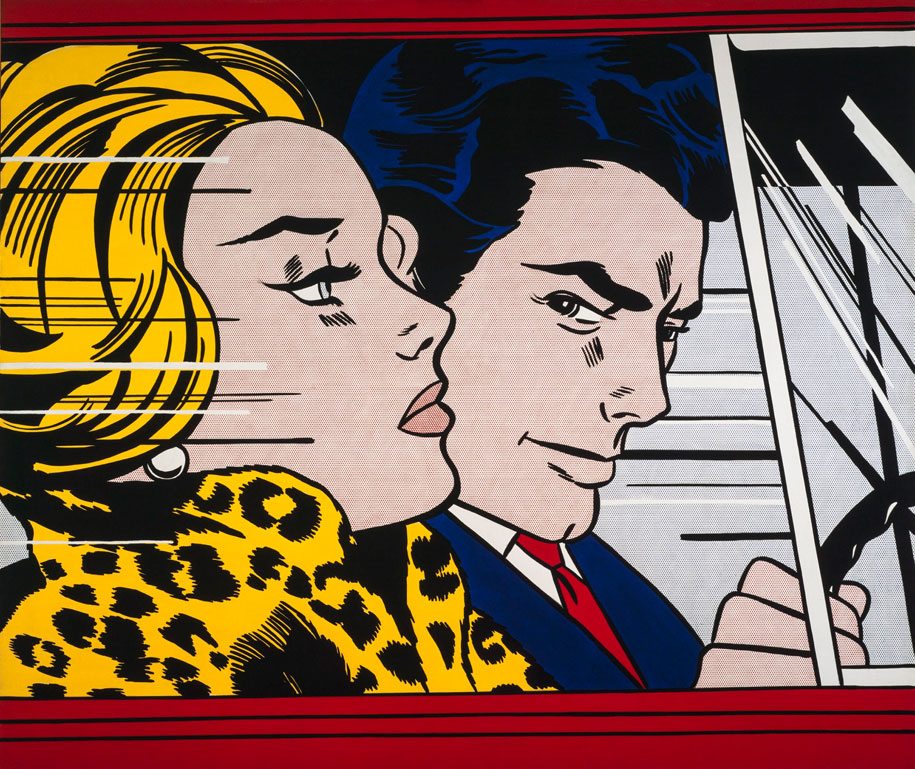
What is Pop Art?
Stylish, colorful, humorous, unsettling- Pop Art is highly recognizable and visually appealing. The motion had its heyday in from the 1950s through the 1970s, merely remains influential in both fine art and pattern trends today. Pop Art can be broadly defined as any art which depicts images and iconography culture and mass media out of its original context with the goal of holding a mirror upwards to the society which created information technology.
Popular fine art started with the New York artists Andy Warhol, Roy Lichtenstein, James Rosenquist, and Claes Oldenburg, all of whom drew on popular imagery and were actually part of an international phenomenon. Following the popularity of the Abstruse Expressionists, Pop'due south reintroduction of identifiable imagery (drawn from mass media and popular culture) was a major shift for the direction of modernism. The discipline thing became far from traditional "high art" themes of morality, mythology, and classic history; rather, Pop artists historic commonplace objects and people of everyday life, in this way seeking to elevate pop culture to the level of fine art. Perhaps owing to the incorporation of commercial images, Pop fine art has become 1 of the most recognizable styles of modern fine art.
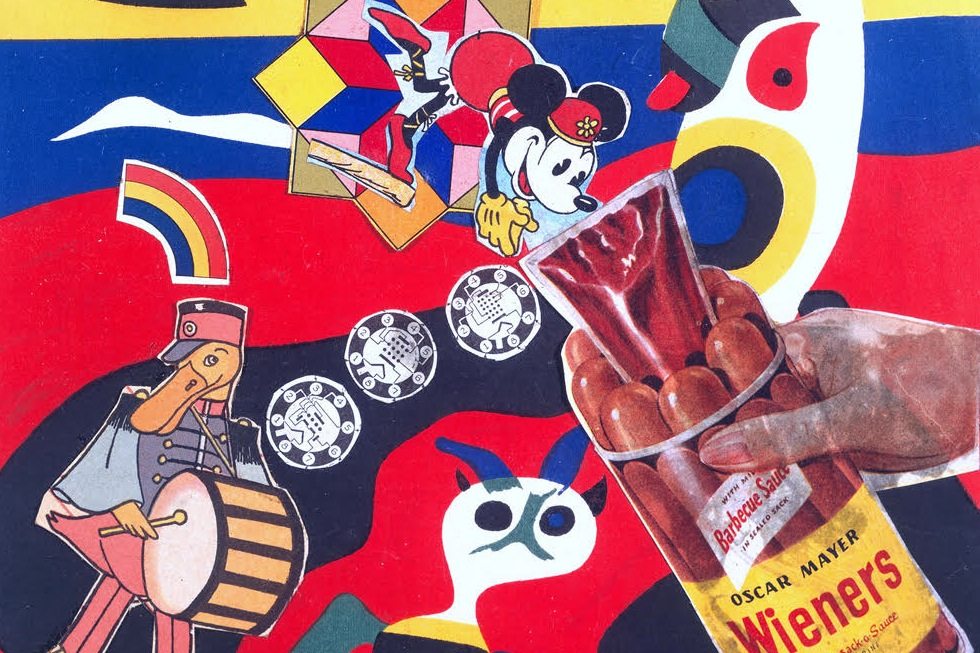
The Backstory:
Popular Art got off to a fashionable get-go in mid-1950s Britain, with artists like Richard Hamilton and Eduardo Paolozzi creating refreshingly irreverent collages and paintings which featured consumer culture and mass media imagery. Hamilton gave the movement its name in a 1961 essay titled, "For the Best Fine art, Try Pop!" In it, the writer claimed that twentieth century artists are both consumers of mass civilization and contributors to information technology. The movement aimed to await critically at both postwar consumerism and the fine art world, and to perhaps bridge the gap between the two.
By the belatedly 1950s, Pop Art had made its way to America, where information technology found a natural home in New York, the epicenter of American capitalism and fine art alike. Non long beforehand, the Abstract Expressionists had established the city's reputation city'southward international reputation. Pop Artists like Andy Warhol, Roy Lichtenstein, James Rosenquist, and Claes Oldenburg fabricated a radical departure by re-introducing figurative imagery. Specifically, they painted everyday imagery, such equally products, packaging, tabloids, comic books, celebrities and advertisements. Often, they divorced the epitome from its original meaning past vastly enlarging it, repeating it or altering its colors. While Abstract Expressionists and their predecessors sought to tap the artist's inner experience, Pop Artists focused deliberately on the outward appearances. The use of popular imagery can be seen as an attack on fine art elitism and a celebration of mass media and design. At other times, Popular Art can announced more critical of popular culture itself, revealing themes of sensationalism, greed, vanity and the ever-present promise of firsthand gratification.
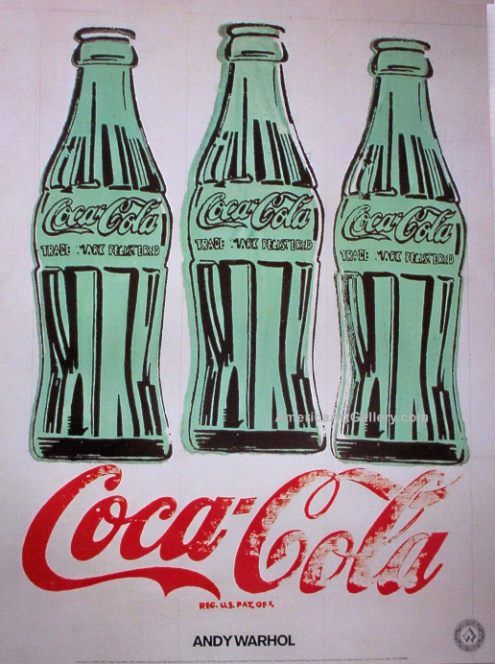
Breakthrough Artist: Andy Warhol
"Existence good in business is the virtually fascinating kind of fine art. Making money is fine art and working is fine art and adept business is the best art." –Andy Warhol
Andrew Warhola was built-in in 1928 in Pittsburgh to Slovakian immigrants, and from a young age loved cartoon and Hollywood movies. His father died when he was 14, leaving his entire savings for his son's education. Graduating with a bachelor's in design, Andrew Wahola inverse his last name to "Warhol" moved to New York Urban center to pursue a career as a commercial creative person. His illustrations for mode magazines like "Glamour" fabricated him i of the most successful designers of the 1950s. Having achieved commercial and critical success in the globe of design, Warhol turned his attention to painting in the tardily 1950's. He debuted his iconic Campbell's soup can paintings in 1962 and created an immediate stir with his high-art aesthetic treatment of product design so omnipresent every bit to be invisible. Warhol employed silk screening, combining this technique with painting, to create multiple identical images of consumer appurtenances. He also produced portraits of celebrities such as Elvis and Marilyn Monroe, using repetition and flat, unnatural colors to create a sense of heightened artificiality. His art sold for huge sums of coin and Warhol became a glory himself, a role he embraced. Warhol'due south 1960's workspace, "The Factory" became a hotspot for rock stars, musicians and socialites, and the scene of some of the era's most infamous parties. Throughout the 1960s, he nurtured and collaborated with emerging artists, including The Velvet Underground and Jean-Michel Basquiat, and experimented in film and photography. He died in 1968 following complications after a gall bladder surgery. Warhol's paintings, which both satirized and celebrated fame and consumer culture, remain some of the nigh emblematic images of America in the 1960s.
Profile in Mode: Artificial Colour
In traditional painting, color is used in service of realism, temper or emotional outcome. None of these creative objectives are important in Pop Art. On the contrary, they used color to create a sense of artificiality. This frequently meant emulating the wait of mass-produced goods, such as reproducing and even exaggerating the bright, uniform colors of processed foods and constructed fabrics. In other cases, artists re-created the look of printed media, such as advertisements and packaging. I obvious case is the work of Roy Lichtenstein (1923-1997), which reproduced the look of printed material, specially comic book panels, on a g scale. Lichtenstein not simply imitated the flat colors of the mass media illustration, but sometimes really painted the halftone dots of color which make up colors in the commercial printing procedure. Later artists like David Hockney (1937-) used bright, flat color to evoke the idealized landscapes of American travel brochures and postcards.
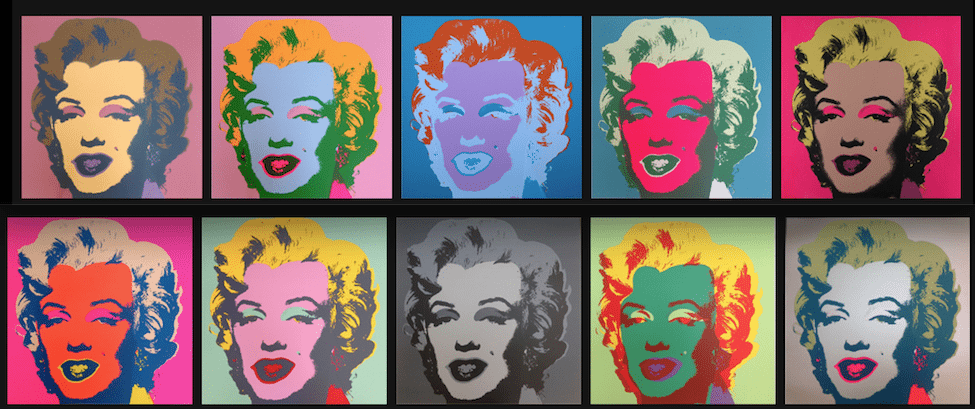
Profile in Way: Repetition
Pop artists created in response to the ready-made products of culture, from Television dinners and canned soup, to Hollywood ideals of masculinity and femininity, to idealized homes, cars and landscapes. Considering such items were made to be distributed and consumed on a m scale, they were numerous and uniform. Popular artists, most notably Andy Warhol, drew attention to the hypnotic sameness of such products by repeating images of them over and over in identical form. 1 way he achieved this was to utilize silkscreens to print many copies of the aforementioned image, and this technique was later adopted past Lichtenstein as well. In his famous celebrity portraits, Warhol sometimes altered the color of each silkscreen to create a semblance of diversity inside a framework of sameness, every bit in assorted flavors of the same product.
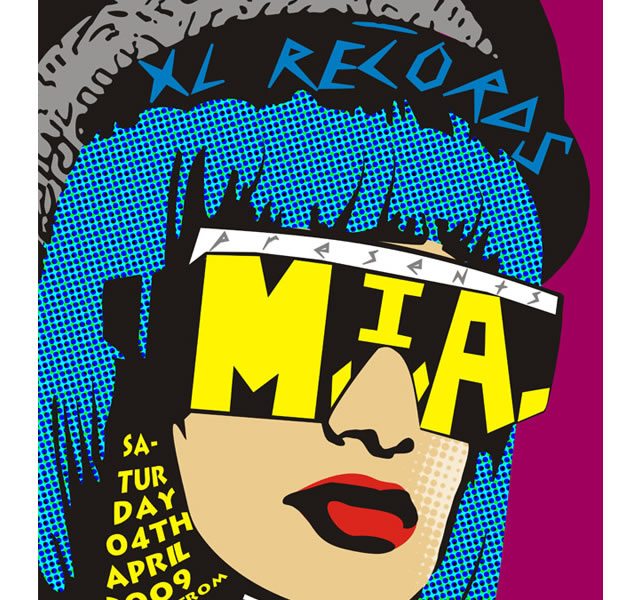
Popular Fine art in Pattern Today
"I see no reason why the creative world can't absolutely merge with Madison Avenue. Pop art is a move in that direction. Why can't nosotros accept advertisements with cute words and beautiful images??" -William South. Burroughs
Pop Art was a fine art movement celebrating and criticizing the commercial arts. Today, this fine art movement has itself been absorbed into the globe of blueprint and commercial aesthetics. The all-American fantasy of affluence and abundance that dominated in the 50s and 60s is powerfully ironic notwithstanding highly-seasoned. With a nod and a wink, modern designers make use of this commemoration of materialism in contemporary packaging, branding, mode and graphic design. Instead of playing on consumers' anxieties and desires, Pop Art-based design invites the viewer to participate in a shared in-joke. Many such designs, for instance, make visual reference to kitsch or popular culture.
The aesthetics of Pop Art-inspired blueprint are all about brilliant, bold, fun and user-friendly looks. Pattern in this style features saturated colors, heavy outlines and bold typography, all of which are center-catching and visually appealing. Pop Art-based pattern sets a mood of high energy, fun and mode.
Some product, fashion or spider web designs even make direct reference to famous works of Pop Art or the styles of famous Pop artists, featuring art made or inspired by Warhol or Lichtenstein. Other designers look to the earliest works of Pop Art, collaged from glossy magazines, and create a institute-image look that creates surprise and sense of humour. With its playful mental attitude and heart-candy looks, Pop Art today is correct at home in its ain source fabric- popular pattern.
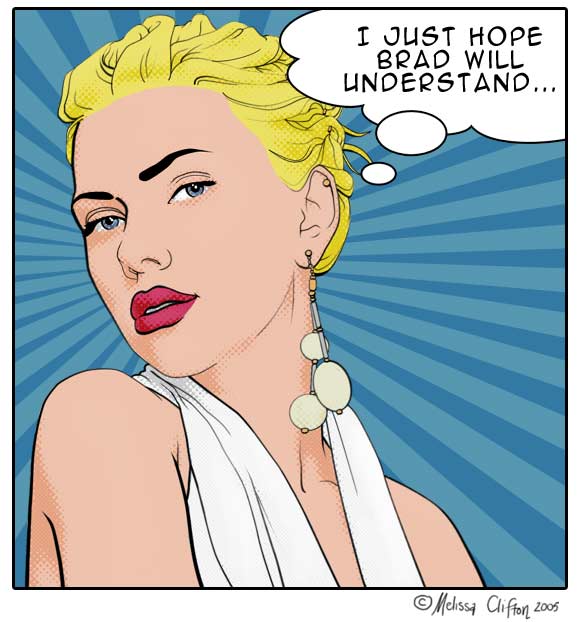
Endeavor it: Tutorials
Expand your pattern teaching; apply modernistic tools to create classic Popular Fine art looks with these online design resource.
- Use contradistinct colors and repetition to re-create the expect of a Warhol silkscreen
- Re-create the look of a Lichtenstein comic book painting
- Recycle vintage images to create a Pop Art collage in Photoshop
About the Author
The Author has non yet added whatever info virtually himself
Source: https://www.webdesigndegreecenter.org/art-influences-design-pop-art/
0 Response to "What Effect Did Pop Art Have on American Culture? Answerscom"
Post a Comment